Brenda Lee’s name may not be as recognizable as some of the other music stars from the 1960s but when you think of Christmas, you’ll know her song, and start humming her catchy tune, “Rockin’ Around the Christmas Tree.”
When Lee, now 78, first hit the stage, she wasn’t old enough to drive but her powerful vocals steered her “unprecedented international popularity” as the most successful female artist of the 1960s.
Lee, whose voice defied her diminutive stature at only 4 foot 9, became a fan favorite when she was only 12.
Brenda May Tarpley, born in 1944, got her start in the late 1940s, became huge in the 1950s, and over her career–that started before she left elementary school–she topped the charts 55 times, earning the title as the most successful female recording artist of the 1960s.
When Lee was only eight (according to Rolling Stone), her father, a construction worker, was killed at work and little Brenda–who then changed her last name to Lee–became the family’s primary provider.

Taking care of her younger brother, big sister, and mother–a cotton mill worker–was not a duty, but something she wanted to do. She said that she was thrilled when she made her first $20, so she could help her family: “Even at that young age, I saw that helped our life,” Lee said, adding “It put some food on the table. It helped, and I loved it.”
The Atlanta-born chanteuse, called a “pioneer of early rock and roll,” by the Georgia Encyclopedia, achieved “unprecedented international popularity in the 1960s.”
But, an incredibly humble human, Lee credits those who helped her achieve her dreams. When Christianity Today asked what she thinks about being a legend, Lee said “I don’t think of myself that way!” She continued, “I’m just a girl who’s been blessed to be doing what I’m doing, and there’s a lot of people who’ve sweated a lot of tears and put a lot of life’s work into me to be able to have my dream. So, if I’m a legend, then they’re legends, too.”
In 1956, the young girl joined country star Red Foley for a show at the Bell Auditorium near her home in Augusta, and she belted out “Jambalaya,” by Hank Williams.

She was then signed to appear on Foley’s Ozark Jubilee, a country music show, where millions of viewers fell in love with the sassy 12-year-old whose talent was developed well beyond her age.
In the same year, Lee signed with Decca Records, and the next year, she moved to Nashville, Tennessee, and fusing country with rhythm and blues–highlighted by her hiccupping vocals–she recorded early rockabilly classics like “BIGELOW 6-200,” “Little Jonah,” and “Let’s Jump the Broomstick.”
When asked if–when as a young girl–she was nervous performing in front of large crowds, she answered: “No, not really. Nobody ever told me to be nervous. The stage always felt like a hometown to me because I had been in front of people ever since I was 3 years old, singing to people. So it was a very comfortable spot for me.”
In 1957, Lee earned the nickname “Little Miss Dynamite” for her pint-sized powerhouse recording of the song “Dynamite,” and in 1958, fans heard “Rockin’ around the Christmas Tree,” a genre and generation-crossing holiday standard, released when she was only 13.
“I knew it was magical,” she told Rolling Stone.
Over the next couple of years, she charted with hits like “Sweet Nuthin’s,” “All Alone Am I,” and “Fool #1.”
Most of her songs, however, contradicted her experience as a young girl. Her mother didn’t let her date and she graduated high school not understanding the heartbreak of young love.

She was only 16 when she said “Love could be so cruel” in the song “I’m Sorry” and only 16 when she said “I want his lips to kiss me” in the song “I Want to be Wanted,” both back-to-back hits when she was still in school.
And when she turned 18, she met Ronnie Shacklett, whom she’s now been happily married to for 60 years.
Life on the road for Lee as a youngster had its difficulties. She celebrated her 12th birthday in Las Vegas and speaking with the Las Vegas Journal, Lee explained her loneliness.
“Of course, I wasn’t even allowed to walk through a casino, I was so young. So I didn’t even know what a casino looked like. They took me into the kitchen, then into the showroom. And then when my show was over, I was brought back out through the kitchen and back up to my room. Children weren’t allowed … in the casino area.” She continued, “There wasn’t anything to do in Vegas for a kid. The most fun I had was on the stage.”
Speaking on what she missed out on as a child, the award-winning Lee said, “Many times, I yearned to be with my friends rather than be out there on the road.”
Turns out she made new friends on the road, like with the music group that opened for her at a 1962 show in Germany. “I hung out with John,” she says effortlessly, speaking of John Lennon. “He was extremely intelligent, very acerbic with his jokes, just a gentle person. When I found out that they later said they were fans of my music, I was just floored.”

Four Years after My Husband Went Missing, a Dog Brought Me the Jacket He Was Wearing on the Day He Disappeared
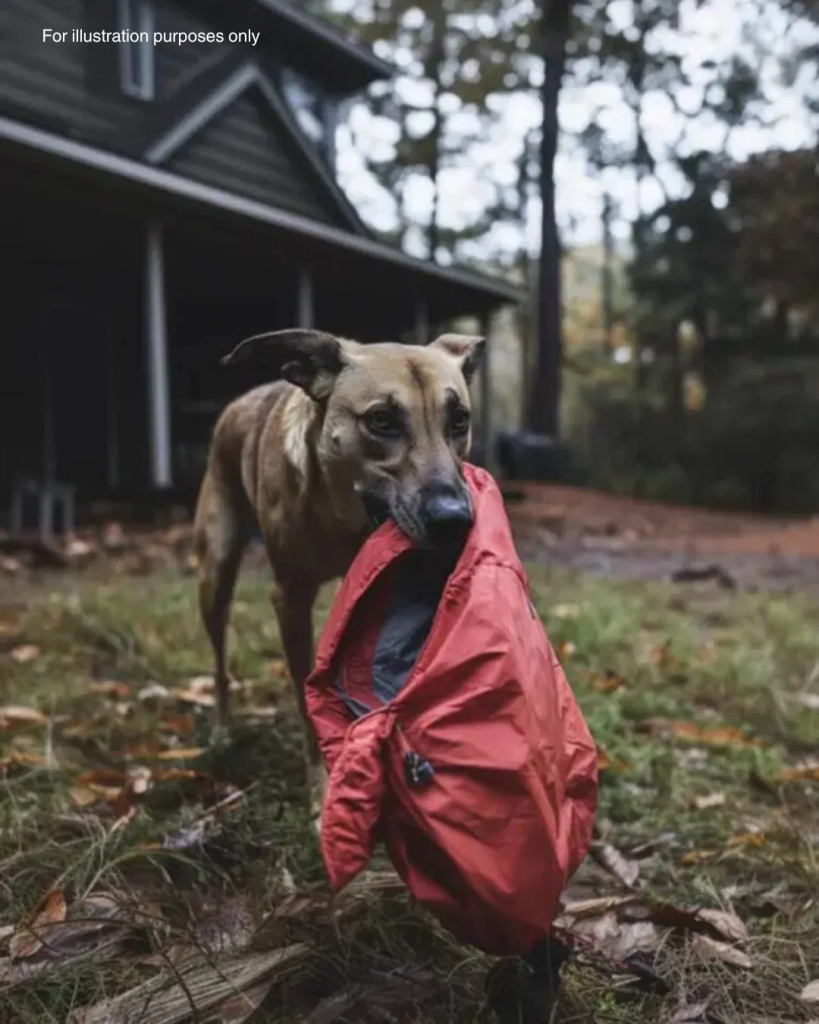
Maggie had finally accepted that her husband had vanished on a solo trip four years prior. Maggie felt a surge of hope as their ancient family dog unexpectedly appeared, holding her husband’s faded jacket in its mouth. She followed the dog into the forest, motivated by something beyond reason, and discovered a truth beyond her wildest dreams.
I recall the day Jason departed like it was yesterday. He’d been fighting a bad attitude for months, yet this morning he appeared almost calm. He informed me he wanted a day alone in the mountains with Scout, our beloved black Labrador. Our children, too young to understand, were content simply watching their father scratch Scout’s ears, his first smile in weeks breaking across his face.
“Are you sure you don’t want company?” I inquired as I carried our toddler son, Benny, while our four-year-old daughter, Emily, squeezed my leg.
But he never returned.
The hunt began as soon as he failed to return that night. Friends, neighbors, and search teams explored the forest, shouting out his name, their voices echoing in the vast woods. Weeks passed, and everyone began to look at me with a horrible combination of sympathy and helplessness. After months, they proclaimed him legally de:ad, which I had no choice but to accept, though I was never completely at peace with it.
Life continued on. Jason’s hiking boots remained by the door, and his coffee mug, which had a chip on the rim, was never moved. When the kids asked about him, I’d tell them stories and do my best to keep his memory alive.

Then, on a calm Saturday, as I lay on a blanket watching the kids play in the backyard, I observed movement in the bushes. It was a thin, scruffy dog with a matted and muddy coat. At first, I did not recognize him. But then my heart skipped a beat. It was Scout. After all these years, here he stood, old and fragile but unmistakable.
“Scout?” I whispered, and as if in response, he took a step closer, a familiar green jacket dangling from his mouth—Jason’s favorite hiking jacket. I barely had time to process before Scout turned and started trotting toward the trees. Driven by a mix of hope and fear, I told the kids to stay put and followed.
Through the winding paths, over damp leaves and under low-hanging branches, Scout kept leading me deeper into the forest. And just as the sun began to dip below the trees, we came upon a small, weathered cabin nestled into the woods, almost camouflaged against the thick trunks and greenery.
Inside, moving around as if he’d never left, was Jason.
His hair was long and knotted, with a scruffy beard covering his face, and he appeared to be at ease in his alone. But he wasn’t alone—a woman stood alongside him, close and comfortable, as if they had a life together. My pulse hammered as I grasped the scope of Jason’s secret life.
I pushed open the door, and the creak startled both of them. Jason’s eyes widened, his face a mixture of amazement and acceptance.
“Maggie…” he murmured, his voice too calm and nonchalant.
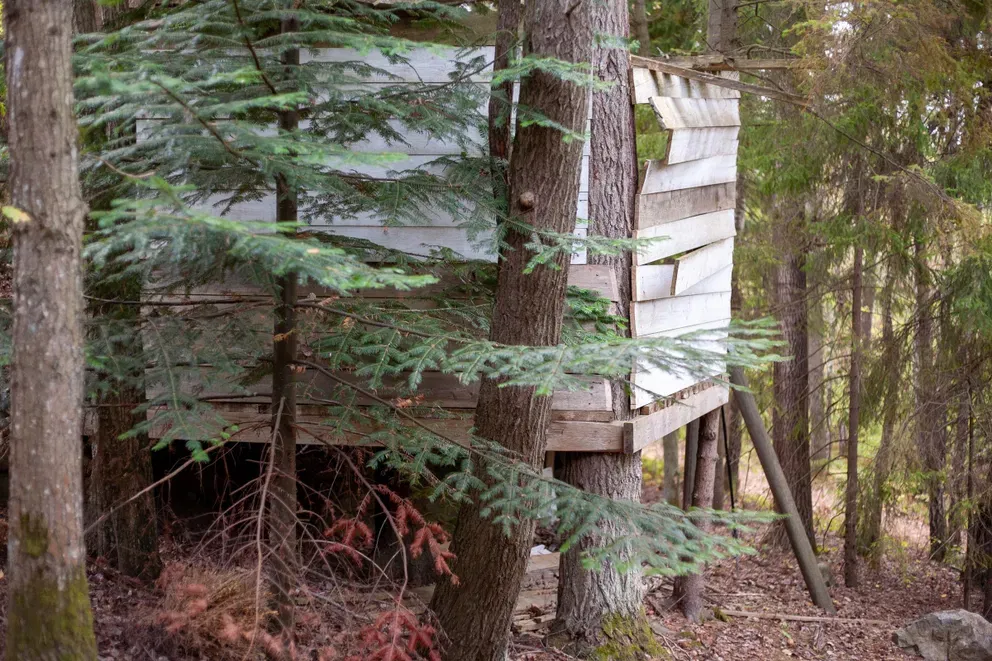
“Jason,” I said, trying to keep my voice steady. I looked to the woman next to him, then back at him. “What is this?” I asked, unable to believe what I was seeing.
His response dashed any hope I had left: “I found something real here, something I couldn’t have back there.” He looked to the woman next him and said, “Sarah and I have built a simple, meaningful life.”
His words felt prepared and hollow. Every reason he offered only fueled my sense of betrayal. I’d been grieving him for years, raising our children alone, convinced that he was no longer with us. And now, here he was, rationalizing a full abandonment that had ruined the life we had created.
Without saying another word, I turned and walked away. The guy I had loved, the father of my children, was a ghost I no longer recognized.
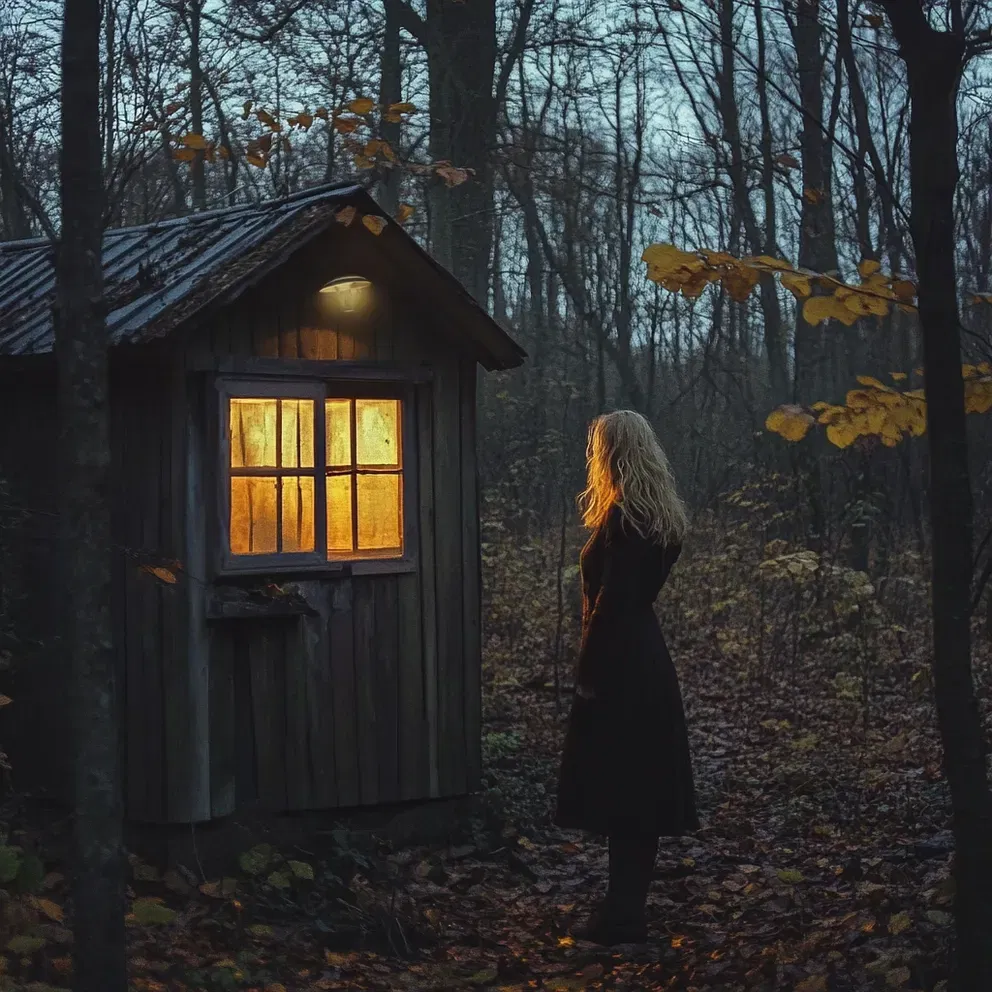
The next morning, I sat across from a lawyer, feeling stronger than I had ever been. “I want a divorce,” I replied, “and I want support for our children.”
That day, I let go of the life I’d been holding onto. I realized that Jason had chosen one route, but I had to construct my own, one based on love, honesty, and stability. I would shield my children from a world full with false promises, and I would never look back.

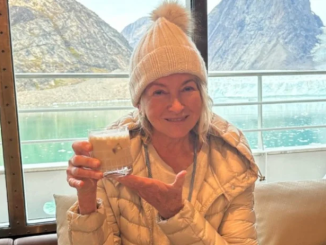
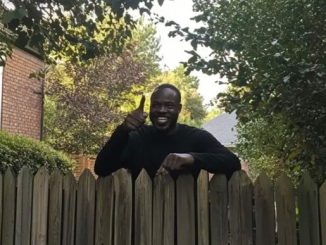
Leave a Reply